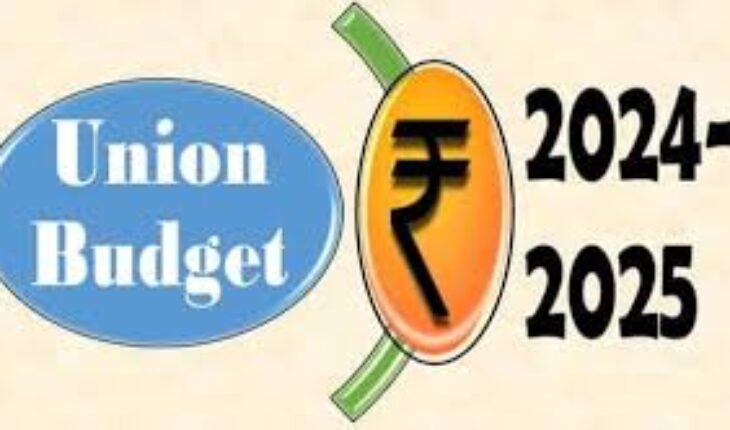New Delhi : The Union government is gearing up to present the full budget for fiscal 2024-25 in early July, largely adhering to the interim estimates while charting a strategic economic growth plan for the next five years, highly-placed sources indicated.
While some adjustments to account for revenue trends are expected, major deviations from the interim budget outlays are unlikely as supplementary grants can address fluctuations in spending and receipts, an official privy to the discussions said, as reported by Mint.
A key aspect will be incorporating the higher-than-budgeted RBI dividend of Rs 2.11 trillion for FY24.
Part of this windfall could be utilised for debt prepayment and fiscal deficit reduction, moving ahead the 4.5 per cent deficit target earlier slated for FY26, the source added.
On the capital expenditure front, the Rs 11.11 trillion interim allocation marking an 11.1 per cent rise is likely to be retained, as the government aims to spur investment to drive growth amid the challenging global environment.
“The full budget could lay the framework for medium-term growth, with domestic conditions having to catalyse it,” remarked DK Srivastava, Chief Policy Advisor, EY.
The fine print awaited includes policy measures to boost manufacturing, financial services, and trade.
A decision is pending on extending the 15 per cent corporate tax concession for new manufacturers beyond March 2024.
Expanding production-linked incentive schemes is another possibility, given the focus on manufacturing by both the ruling alliance and opposition.
While underscoring the rising infrastructure spend, S&P Global Ratings has expressed confidence in economic reform and fiscal policy continuity post-elections.
Former Finance Secretary Subhash Garg interpreted this as an affirmation of the policies promoting capital investment and fiscal prudence.






